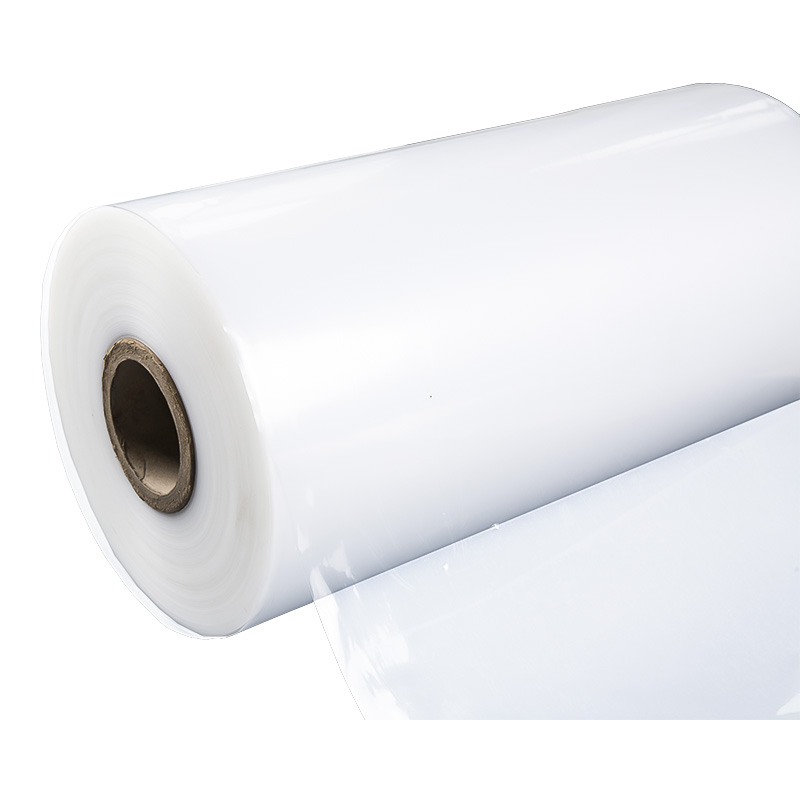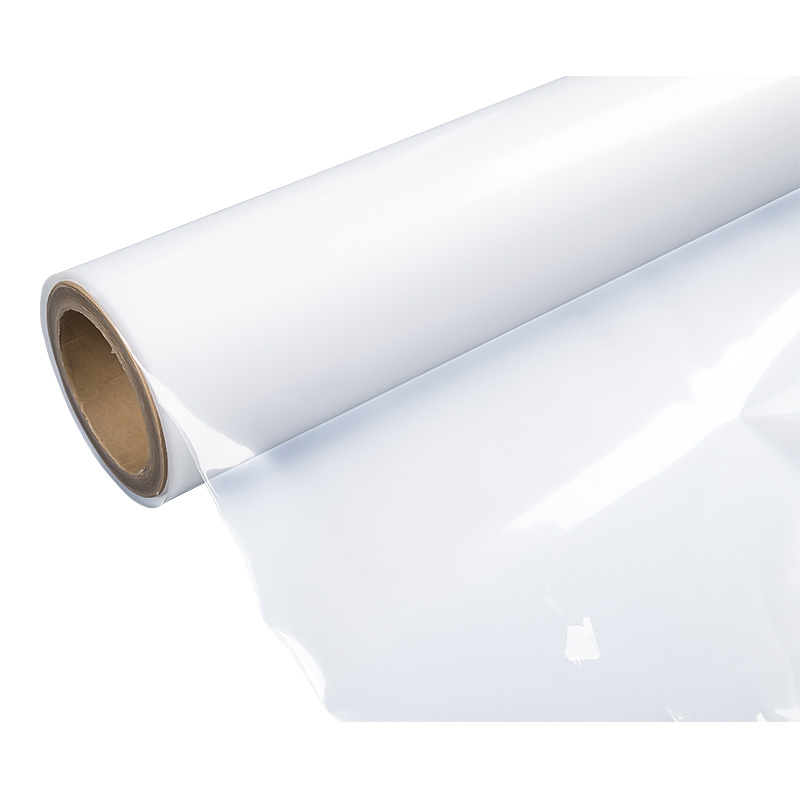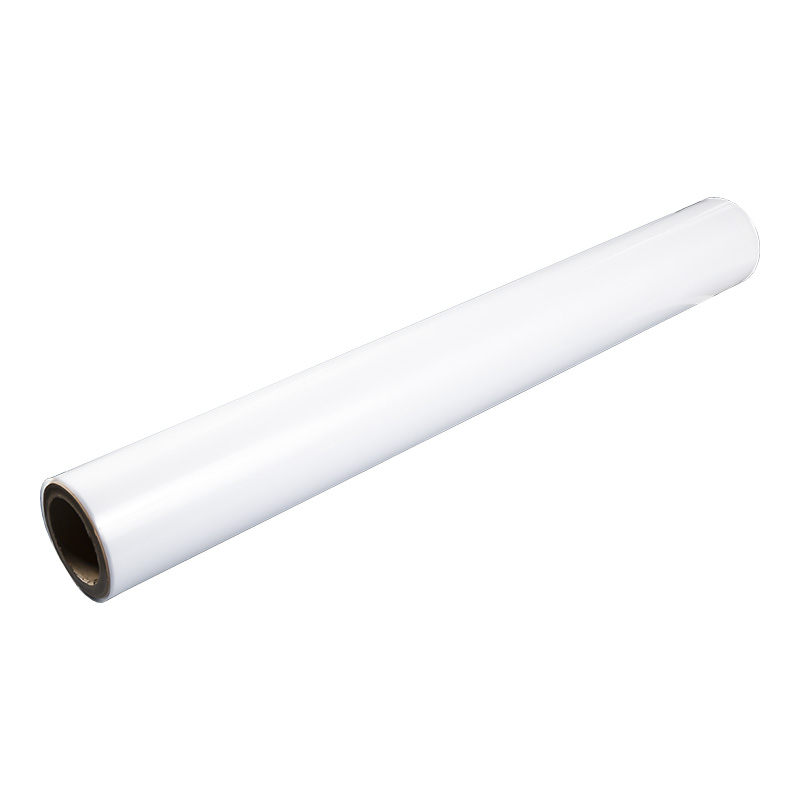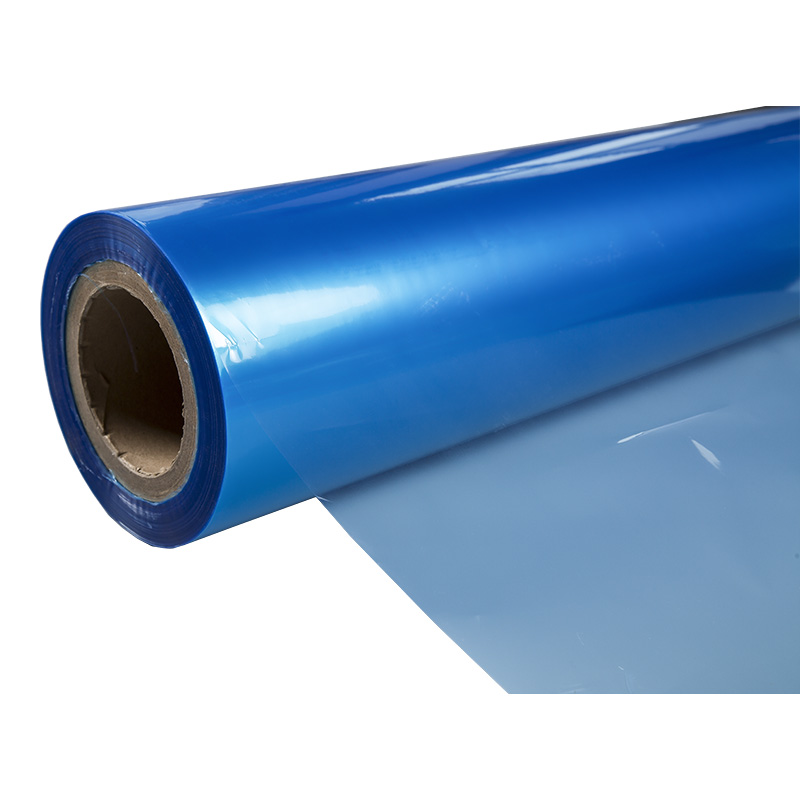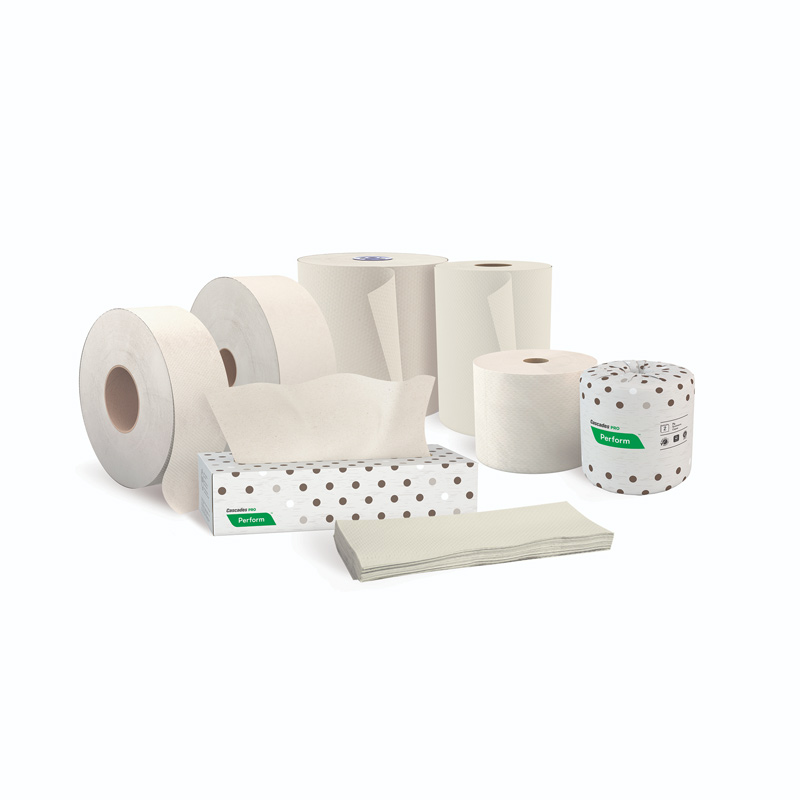Analysis of PE Film Production Process
The production of polyethylene film primarily employs two processes: blown film and cast film. The blown film process involves extruding molten polyethylene plastic through a circular die to form a tubular bubble, which is then inflated by air pressure, stretched, cooled, and finally wound. Films produced by this method exhibit a good balance of mechanical properties in both machine and transverse directions and are widely used in packaging. The cast film process involves flowing molten polyethylene directly through a T-die onto a cooling roller for rapid cooling and shaping. Films produced by this process offer superior optical properties and thickness uniformity, making them particularly suitable for applications requiring high transparency. Different production processes significantly affect the film's microstructure, such as molecular orientation and crystallinity, which in turn determine its mechanical, barrier, and optical properties.
Characteristics and Applications of Agricultural PE Film
Agricultural PE film needs to possess multiple functions such as weather resistance, anti-fogging, and thermal insulation. By adding specific light stabilizers and antioxidants, the service life of the film in outdoor environments can be significantly improved, preventing material aging and embrittlement caused by UV radiation. The anti-fogging function is achieved by adding special surfactants to the film, which reduce the surface tension, allowing condensed water droplets to spread into a uniform water layer. This prevents water droplets from focusing sunlight and burning crops while maintaining good light transmission. The thermal insulation function relies on the film's ability to block infrared radiation. By adding special inorganic nanomaterials, the loss of heat from inside the greenhouse at night can be effectively reduced, creating a more suitable temperature environment for crop growth.
Development Status of Biodegradable PE Film
With increasing environmental requirements, biodegradable PE film has become a research hotspot. Current main technological routes include additive-based biodegradation and photo-oxidative degradation. Additive-based biodegradable film incorporates bio-based materials like starch and degradation promoters into conventional polyethylene, enabling the film to be broken down by microorganisms under specific environmental conditions. Photo-oxidative degradation involves adding photosensitizers and pro-oxidants, causing the film to undergo oxidative degradation under ultraviolet light. Both technologies can, to some extent, address the issue of plastic pollution, but there are differences in their degradation conditions and final products. Several international standards for testing degradation performance have been established, including measurements of biodegradation rate and ecotoxicity tests, to ensure the environmental safety of the degradation process.
Considerations for PE Film Thickness Selection
Film thickness selection requires comprehensive consideration of usage requirements, cost control, and processing performance. Thicker films generally offer better mechanical strength and durability but increase material costs and affect flexibility. In packaging applications, thickness selection needs to be determined based on the weight and characteristics of the contents. Heavy-duty packaging typically requires a thickness above 0.08mm, while 0.02-0.03mm may suffice for lightweight product packaging. In agriculture, greenhouse films are mostly selected in the 0.08-0.15mm range to ensure sufficient durability, while mulch films often use thinner specifications of 0.01-0.02mm to control costs. Furthermore, thickness uniformity is an important indicator for measuring film quality; uneven thickness can lead to localized insufficient strength, affecting performance.
Comparative Analysis of PE Film vs PVC Film
PE film and PVC film each have their own advantages in performance and application. Polyethylene film has better flexibility and low-temperature resistance, maintaining good mechanical properties even in freezing environments, and is non-toxic and odorless, making it particularly suitable for food packaging. Polyvinyl chloride film offers superior transparency and surface gloss, with better printability, but its cold resistance is poorer, making it prone to brittleness at low temperatures. Environmentally, PE film combustion produces only carbon dioxide and water, while PVC film combustion releases harmful gases such as hydrogen chloride. Furthermore, PE film is simpler to recycle and can be reused through melt reprocessing, whereas PVC film recycling is relatively more complex due to the presence of plasticizers and stabilizers. From an economic perspective, PE raw material prices are relatively stable, while PVC prices fluctuate more significantly due to influences from the chlor-alkali industry.
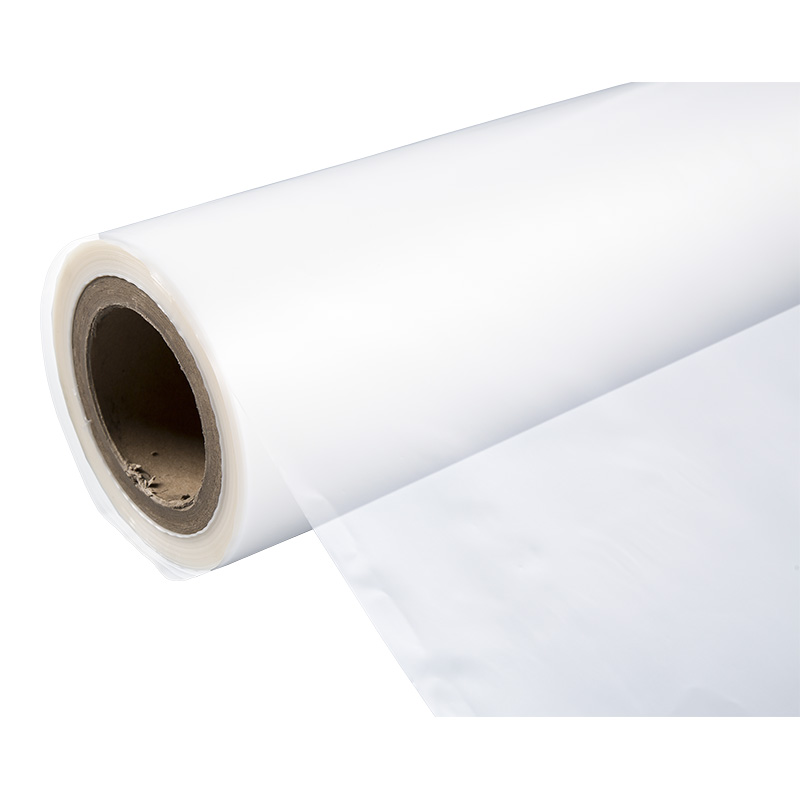
 +86 139-6715-0258
+86 139-6715-0258 
 Monday to Friday 8 am. to 6 pm.
Monday to Friday 8 am. to 6 pm. 
 English
English 中文简体
中文简体